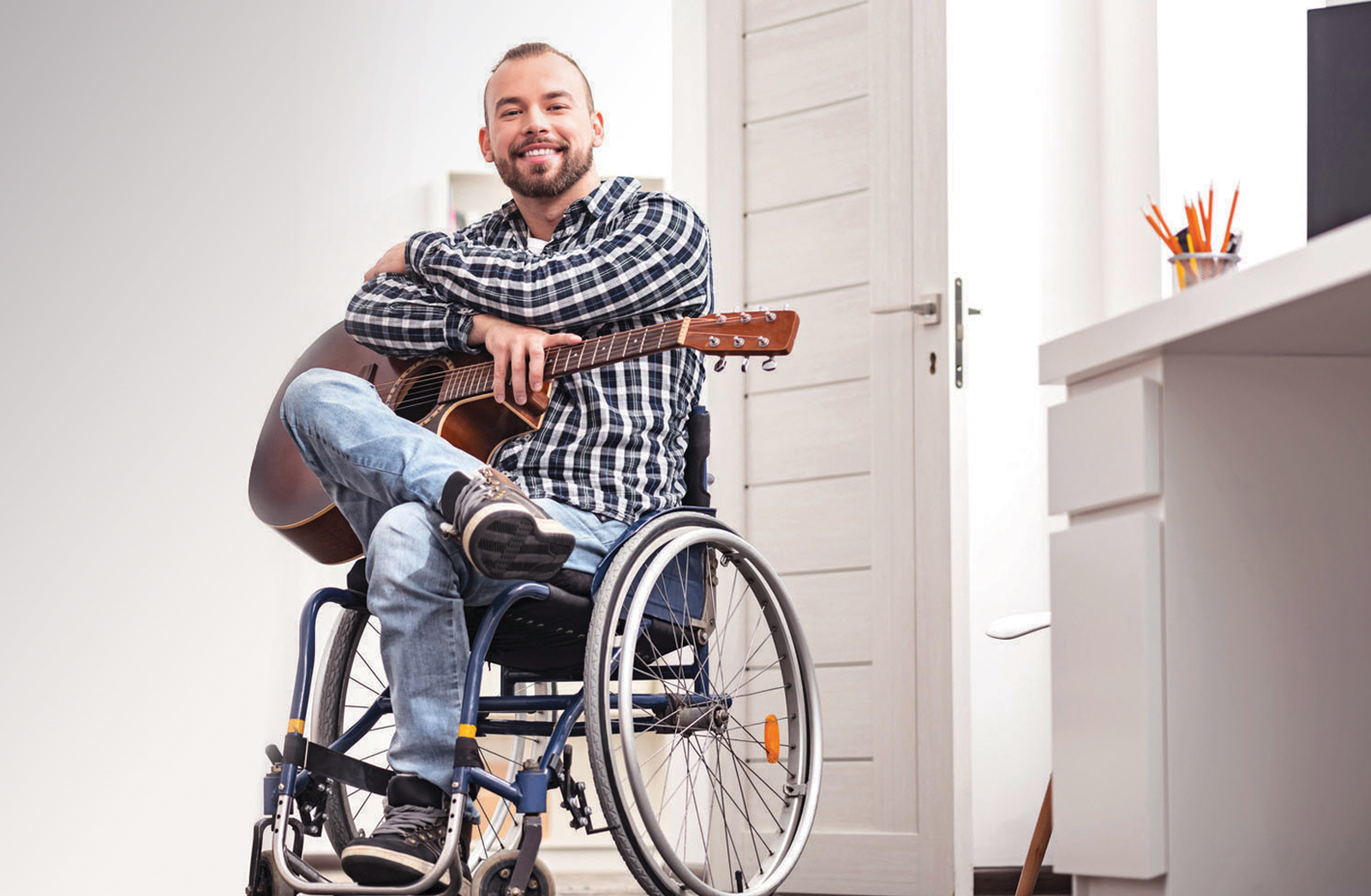Few words are needed to understand the essence of the Water Strider Float, the smiles of children safely enjoying time in the water with their families tell the whole story.
That started as a graduate research project has evolved into the early stages of a device that has the potential to help children with neuromotor disabilities. While a love of water activities is shared among many children, safe access to these activities is far from equal.
Many parents of children with deficits in postural control struggle to find commercially available floats that keep their children safe and rarely find floatation devices that allow children the opportunity for autonomy in the water. The need for a more inclusive aquatic experience led to the invention of the Water Strider Float, a device that intends to give all children the chance to enjoy time in the water.
The Water Strider Float was built using principles from Dr. Sandra Saavedra’s research on segmental levels of trunk control. As a physical therapy student, I joined Dr. Saavedra and her colleague Dr. Donna Snowdon’s doctoral research group which challenged us to apply laboratory principles of segmental support to real-world equipment for children with deficits in postural control.
I subsequently designed and built the Water Strider with common materials including PVC pipes, pool noodles, and pool skimmer poles. The design process progressed quickly from testing prototypes in a bathtub to testing the final version with eight children living with neuromotor disabilities. The device includes additional supports as needed, including head or arm supports to address the needs of all children regardless of their level of postural control.
Our team published our results in the Journal of Aquatic Physical Therapy in November of 2021. Children who were non-ambulatory were able to safely maintain upright alignment and engage with their parents in the water. Parents of children in the study remarked on the difference in their fatigue when comparing time in the Water Strider to a session where they were fully supporting their child. They also appreciated the autonomy the device provided, the fact that it allowed face-to-face interactions with their child and allowed him or her to explore the effect of their own movements to propel themselves in the water.
Since publishing our findings, Dr. Saavedra and I continued to develop the Water Strider Float with the goal of allowing children to access aquatic activities at a reasonable cost. The device is evolving but is still very much a prototype. We hope to continue development so families can use the device soon.
Many physiological benefits to time in the water exist, and our team hopes to allow families to more confidently pursue these safely. Physiologic benefits aside, we also recognize the enjoyment that water experiences bring to children,
and we hope to be a small part of these family enriching experiences.
Ashley Bouman is an editorial assistant with an interest in disability advocacy.














